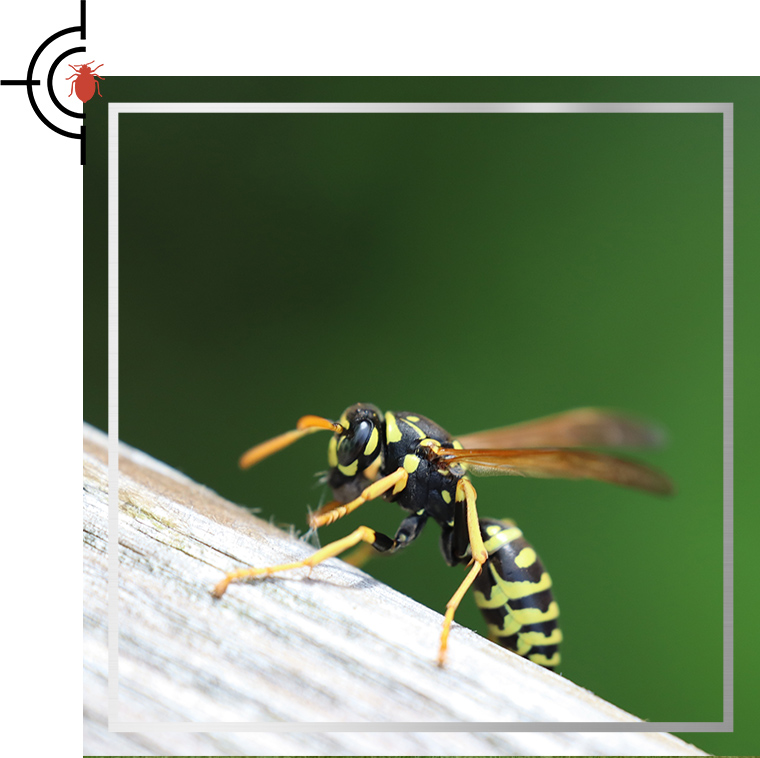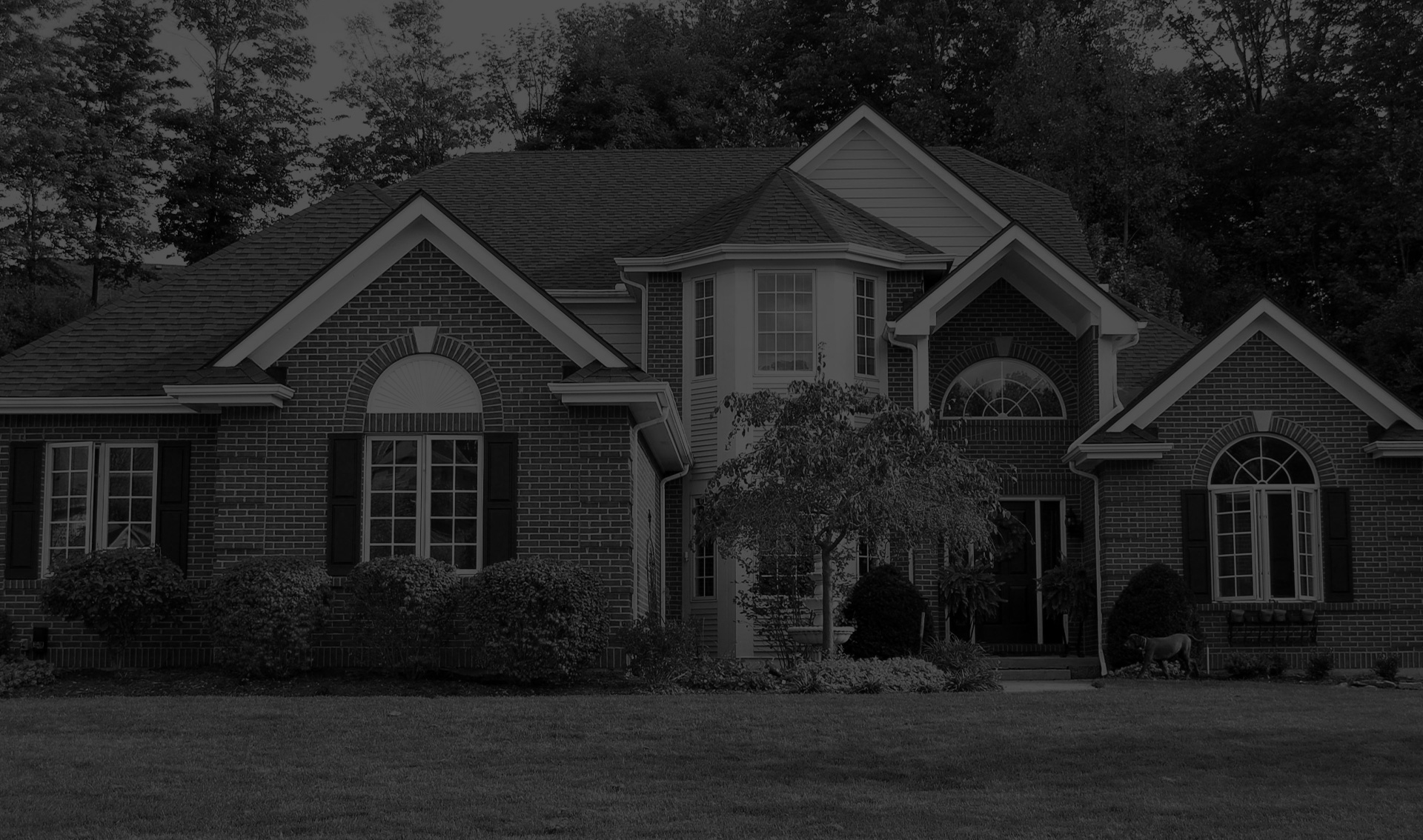
Yellow Jacket Wasps
LEARN MORE ABOUT YELLOW JACKETS
Learn about yellow jacket wasps, their biology, and effective control options in New England.
Expert Solutions
Our team at Pest Assassins is ready to provide fast and effective solutions for yellow jacket wasp problems.
Contact us today for a consultation.

Frequently Asked Questions
Still have questions or can't find the answer you need? Give us a call at 877-665-2667 today!
-
How does Pest Assassins handle stinging insect control?Our team uses advanced techniques and products to safely eliminate stinging insects. We assess the situation, provide a customized plan, and ensure your property is protected.
-
Are yellow jackets dangerous?Yes, yellow jackets can be aggressive, especially when their nest is disturbed. Their stings can be painful and may cause allergic reactions in some individuals.
-
What should I do if I encounter a stinging pest?If you encounter a stinging pest, remain calm and avoid sudden movements. If possible, slowly move away from the area. For nests, contact a pest control professional to handle the situation safely.
-
How can I prevent stinging pests from invading my property?Preventive measures include sealing entry points, removing food sources, and maintaining a clean outdoor environment. Regular inspections by pest control professionals can also help identify potential nesting sites before they become a problem.
-
Why are stinging pests considered hazardous?Stinging pests, such as wasps and bees, can pose serious health risks. Their stings can cause allergic reactions, ranging from mild irritation to severe anaphylaxis. Additionally, these pests can become aggressive when their nests are disturbed, increasing the risk of multiple stings.
